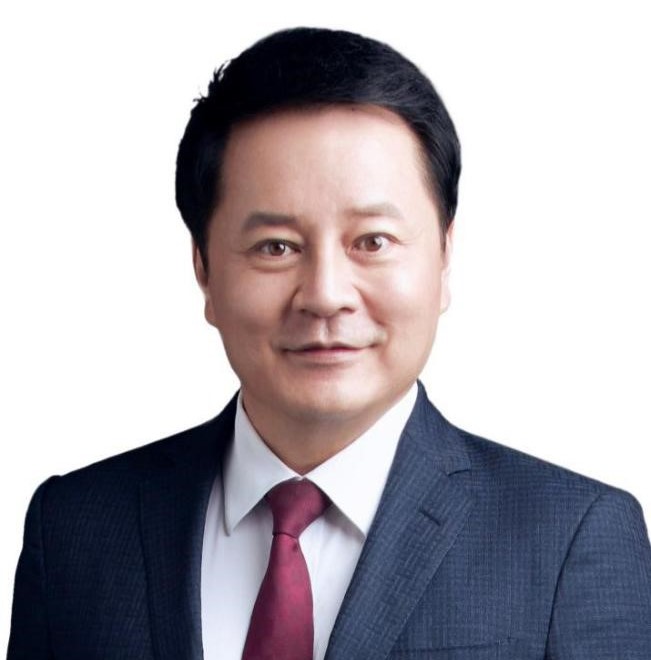使用账号密码登录
Welcome Back
使用表单注册
Welcome Back
Brief Introduction
Professor Xiaoliang Sunney Xie is an internationally renowned biophysical chemist, and the Lee Shau-kee professor of Peking University. After a career at Pacific Northwest National Laboratory, he became the first tenured professor at Harvard University among Chinese scholars who went to the US since the Reform in China. As a pioneer of single-molecule biophysical chemistry, coherent Raman scattering microscopy, and single-cell genomics, he made major contributions to the emergence of these fields. In particular, his inventions in single-cell genomics have been used in in vitro fertilization to benefit hundreds of couples in China by avoiding the transmission of monogenic diseases to their newborns. Prof. Xie was elected member of AAAS, US National Academy of Sciences, US National Academy of Medicine, and foreign member of Chinese Academy of Sciences. He also won numerous prestigious awards including NIH Director’s Pioneer Award twice, E.O. Lawrence Award by US DOE, Albany Prize in Medicine and Biomedical Research, and Qiu Shi Science and Technology Prize.
Decoding the human functional genome
When the draft of the human genome was first released in 2003, geneticist Eric Lander commented that “Human genome, bought the book, hard to read” – we simply did not have the grammar or index to understand its function.
Now we can have the human genome of a particular individual, or even a single cell from an individual, for a cost less than $1000. Each cell of an individual has essentially the same genome, yet they carry out completely different functions in each tissue. The advent of single cell genomics has allowed determination of the transcriptome, methylome and open chromosome sites of a single human cell, which allowed us to categorize cell types in unprecedented way. Primarily based on single cell analyses of heterogenous human tissues, the international project of the Human Cell Atlas (HCA) aimed to provide a catalog of human cell types.
However, beyond HCA’s cell typing, the compelling challenge is decoding the human functional genome, i.e. understanding cell functions based on the human genome. Processes such as gene expression and regulation, cell differentiation and development, are pertinent to chromatin structures, and regulatory networks, for which transcription factors (TF) are of critical importance.
In bacteria, a TF acts like a key to turn on and off the expression of a particular gene at a unique genomic locus. In contract, in eukaryotes, a TF usually similar in size, does not have a unique binding locus in the much bigger genome. There are only ~1000 TFs in humans, controlling about 20,000 genes. The specificity of gene regulation is achieved through a combinatorial binding of several TFs, which act like a keyset to turn on and off a particular gene. However, because of technical difficulties, there has been little knowledge about how these keysets are selected and organized.
Recently, my laboratory has made technical progresses in three related areas: (1) Determination of high-resolution 3D genome structures of a single diploid human cell; (2) Probing gene regulatory network by discovering correlated gene modules among which protein-protein interactions exist; (3) Genome wide mapping transcription-factor cooperative and correlated colocalization (TF3C). With these new single cell genomic data, we are now in a position to decode the human functional genome.

